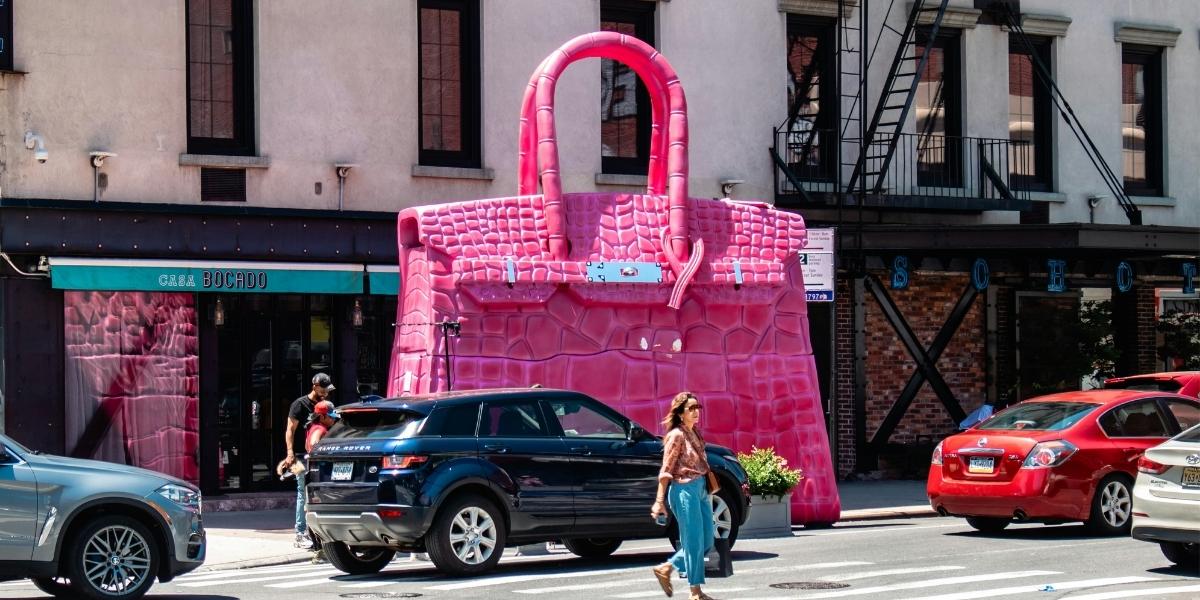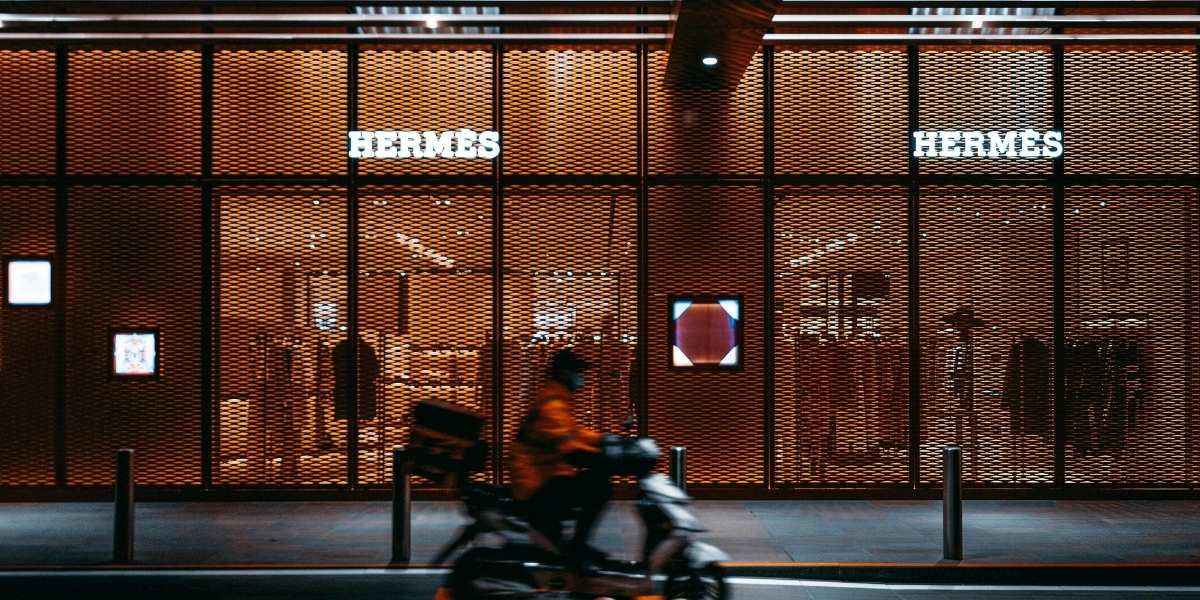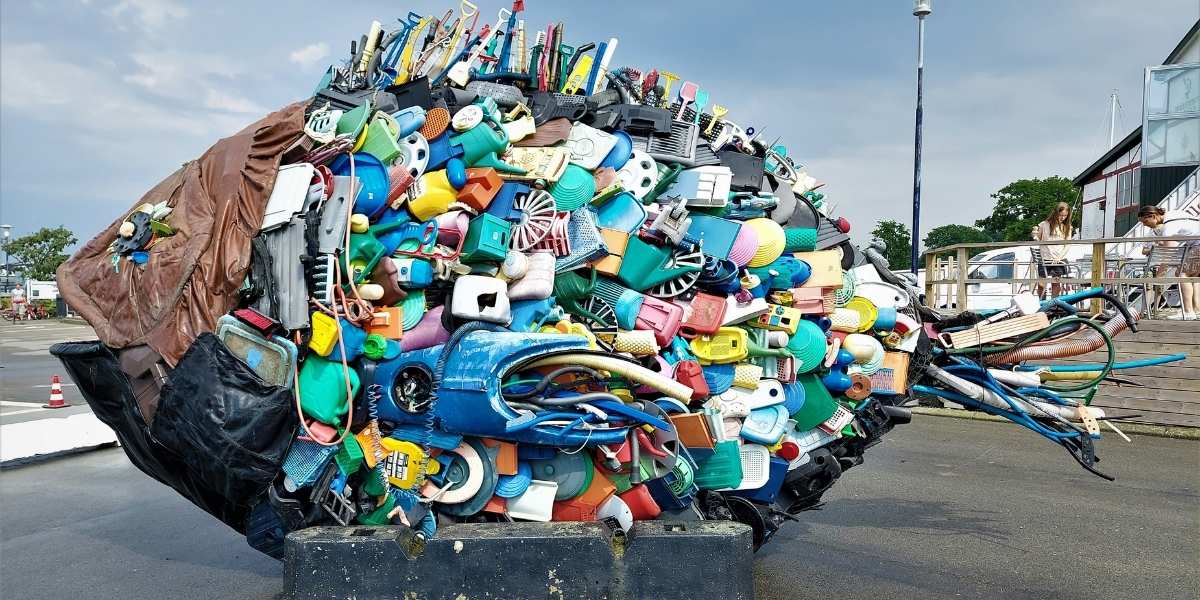A symbol of timeless elegance and unparalleled craftsmanship, Hermès has evolved from a small harness workshop into one of the world’s most coveted luxury brands. The company’s journey is a story of unwavering commitment to quality and a meticulous approach to artistry that has, for nearly two centuries, defied the trends of mass production. This dedication is perhaps best embodied by its most exclusive creations: the Birkin and Kelly handbags. These bags are more than accessories; they are a testament to a heritage built on human skill, a history of innovation, and a business model rooted in scarcity and desirability.
Read Also: Tennessee Real Estate: Trends & Opportunities
The story of Hermès began in Paris in 1837 when Thierry Hermès founded a workshop dedicated to crafting high-quality harnesses and bridles for European noblemen. In an era when horse-drawn carriages were a primary mode of transportation for the elite, Hermès quickly earned a reputation for its exceptional leatherwork. This initial focus on equestrian gear laid the foundation for the brand’s core values: a deep understanding of leather, an obsession with detail, and a commitment to creating objects that were both functional and beautiful. As the decades passed and the world moved beyond carriages, the company had to adapt, and under the leadership of Thierry’s son and later, his grandsons, Hermès began to apply its celebrated craftsmanship to a new category: handbags. The very first bag, the Haut à Courroies, was created in the early 1900s for riders to carry their saddles and boots, and it set the stage for every iconic design that followed.
How Did the Kelly and Birkin Bags Become Icons?
The Hermès Kelly bag actually predates the Birkin. Originally introduced in the 1930s as the “Sac à dépêches,” it was a refined, structured handbag that was popular with elegant women of the time. Its global fame, however, came in the 1950s after a famous photograph was published of Princess Grace Kelly of Monaco using the bag to shield her pregnancy from paparazzi. This single image transformed the handbag into a worldwide symbol of sophistication and mystery. In 1977, Hermès officially renamed the bag the “Kelly” in her honor, forever tying the design to the glamour and grace of the princess who made it famous.

Photo Credit: Unsplash.com
The creation of the Birkin bag, by contrast, is a more modern legend. In 1984, the then-CEO of Hermès, Jean-Louis Dumas, found himself on a flight next to British actress and singer Jane Birkin. She was carrying a straw basket as a purse, and when its contents spilled, she complained to Dumas about her struggle to find a stylish and spacious handbag suitable for travel. On the spot, Dumas sketched a design for a new bag on an airplane sickness bag. The result was the Birkin, a tote that combined elegance with practicality. It was designed to be carried by hand and to hold everything a modern woman on the go might need. Like the Kelly, the Birkin became a coveted status symbol, admired for its simplicity and its powerful aura of exclusivity.
What Makes the Craftsmanship So Unique?
The scarcity and high value of Hermès’ most famous bags are directly tied to the brand’s unique manufacturing process. Unlike other luxury brands that may use assembly lines or multiple workshops to create a single product, Hermès relies on a singular, painstaking process. Every Birkin and Kelly bag is handcrafted from start to finish by a single artisan in one of the brand’s workshops in France. This master craftsperson is responsible for every step of the bag’s creation, from meticulously cutting the leather to hand-stitching every seam. This ensures an unparalleled level of consistency and quality, making each bag a truly unique work of art.
The hand-stitching process, known as the “saddle stitch,” is a technique inherited from the brand’s equestrian past. An artisan uses two needles to create a double stitch that is far more durable than a machine stitch. Even if one stitch were to break, the rest of the seam would hold firm. This is just one example of how Hermès’ commitment to old-world techniques directly contributes to the exceptional quality of its products. The entire process for a single handbag can take an artisan anywhere from 18 to 25 hours to complete, depending on the complexity of the design and the materials used. This slow and intentional method of production is a deliberate rejection of mass-market manufacturing and is the secret to the bags’ value and longevity.
Why Are Hermès Bags So Hard to Buy?
The rarity of a Birkin or Kelly bag is not an accident; it is a core component of the brand’s business strategy. Hermès intentionally limits the production of its most coveted items to create a sense of exclusivity and high demand. This scarcity model means that a person cannot simply walk into a store and purchase one of these bags. Instead, they often must be a long-standing client of the brand and build a relationship with a sales associate who may, eventually, offer them the opportunity to purchase a bag that has become available. The brand’s philosophy prioritizes a personal, one-on-one relationship over volume sales.

Photo Credit: Unsplash.com
This carefully managed distribution network has created a phenomenon where the secondhand market for Birkin and Kelly bags is often more robust than the primary one. Because of their limited availability and enduring popularity, the bags hold their value exceptionally well, with many models appreciating in value over time. This makes them not just fashion items but sought-after investment assets that have been known to outperform traditional investments like stocks or gold. This unique dynamic, created by a brand that has consistently placed craftsmanship and exclusivity above all else, has cemented the bags’ place not just in fashion history but also in the world of high-value collectibles.
How Has Hermès Maintained Its Exclusivity?
In a fast-paced world, Hermès has managed to remain exclusive by staying true to its core identity. The company has resisted the pressure to expand its production or compromise on the quality of its materials and workmanship. The brand also avoids widespread advertising campaigns, preferring instead to rely on word-of-mouth marketing and the reputation of its products. This “quiet luxury” approach appeals to a discerning clientele that values quality and tradition over brand visibility and logos.
Read Also: How Luxury Travel Has Evolved in Recent Years
In recent years, as demand for luxury goods has surged, Hermès has doubled down on its unique business model. It has opened more workshops across France, but it has done so slowly and with the goal of maintaining its human-scale production. It continues to invest in training new artisans to ensure the preservation of its centuries-old techniques. By prioritizing its heritage and craftsmanship above all else, Hermès has not only secured its position as the pinnacle of luxury but has also created a timeless legacy that continues to captivate and inspire. Do you think the scarcity model is the key to Hermès’ enduring success?








